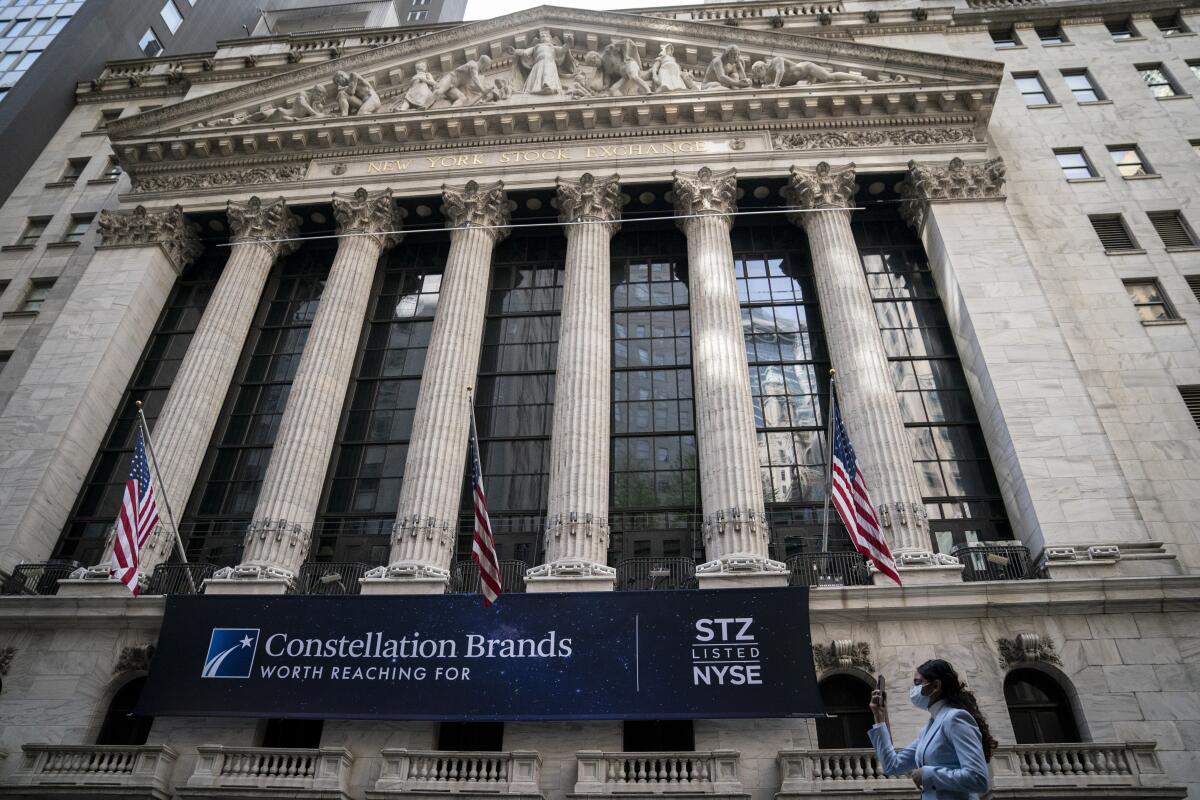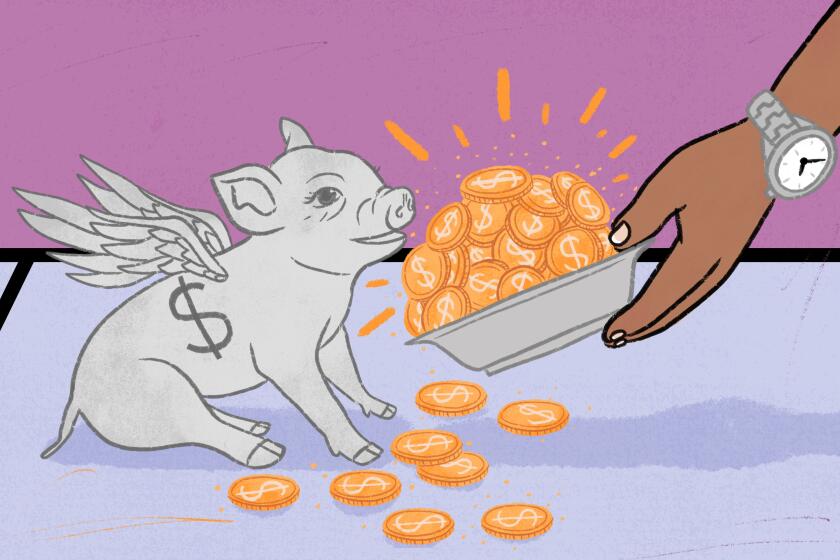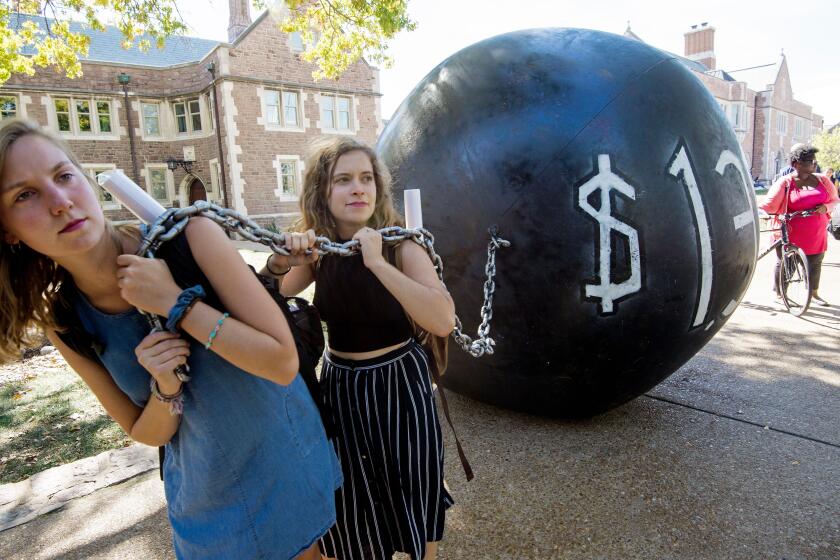Stocks end September down 9.3%, worst month since March 2020

Wall Street closed out a miserable September on Friday with the Standard & Poor’s 500 posting its worst monthly skid since March 2020, when the COVID-19 pandemic crashed global markets.
The benchmark index ended the month with a 9.3% loss and posted its third straight losing quarter. It’s now at its lowest level since November 2020 and is down by more than a quarter since the start of the year.
The main reason financial markets continue to struggle is fear about a possible recession, as interest rates soar in hopes of beating down the high inflation that’s swept the world.
“Quite frankly, if it’s a deep recession you’re going to have to see more of a sell-off,” said Quincy Krosby, chief equity strategist for LPL Financial. “This is what the market is trying to navigate now.”
The Federal Reserve has been at the forefront of the global campaign to slow economic growth and hamper job markets just enough to undercut inflation but not so much that it causes a recession. More data arrived Friday to suggest the Fed will keep its foot firmly on the brakes on the economy, raising the risk of its going too far and causing a downturn.
Don’t let the bear market keep you from retiring. But there are a bunch of other financial and emotional factors to consider before taking the leap.
The Fed’s preferred measure of inflation showed it was worse last month than economists expected. That should keep the Fed on track to keep raising rates and hold them at high levels a while, as it has loudly and repeatedly promised to do.
Vice Chair Lael Brainard was the latest Fed official on Friday to reiterate the central bank won’t pull back on rates prematurely. That helped to restrain hopes on Wall Street for a “pivot” toward easier rates as the economy slows.
“At this point, it’s not a matter of if we’ll have a recession, but what type of recession it will be,” said Sean Sun, portfolio manager at Thornburg Investment Management.
The S&P 500 fell 54.85 points, or 1.5%, to 3,585.62 on Friday, after flipping between small losses and gains through much of the day. It has now posted a weekly loss in six of the last seven weeks.
The Dow Jones industrial average dropped 500.10 points, or 1.7%, to 28,725.51, and the Nasdaq composite slid 161.89 points, or 1.5%, to 10,575.62.
Economically speaking, the vibes are off. Here’s what you should be doing with your money, according to financial experts.
Higher interest rates knock down one of the main levers that set prices for stocks. The other lever also looks to be threatened as the slowing economy, high interest rates and other factors weigh on corporate profits.
Cruise ship operator Carnival dropped 23.3% for the biggest decline among S&P 500 stocks after it reported a bigger loss for its latest quarter than analysts expected and revenue that fell short of expectations. Rivals Norwegian Cruise Line and Royal Caribbean Group slid 18% and 13.2%, respectively.
Nike slumped 12.8%, its worst day in more than 20 years, after it said its profitability weakened during the summer because of discounts needed to clear suddenly overstuffed warehouses. The amount of shoes and gear in Nike’s inventories swelled by 44% from a year earlier.
This year’s powerful surge for the U.S. dollar against other currencies also hurt Nike. Its worldwide revenue rose only 4%, instead of the 10% it would have if currency values had remained the same.
Nike isn’t the only company to see its inventories balloon. So have several big-name retailers, and such bad news for businesses could actually mean some relief for shoppers if it leads to more discounts.
Just say no to anyone offering to help you obtain the $10,000 to $20,000 in student loan debt forgiveness. You don’t need them.
It echoed some glimmers of encouragement buried within Friday’s report on the Fed’s preferred gauge of inflation. That showed some slowing of inflation for goods, even as price gains kept accelerating for services.
Another report on Friday also offered a bit of hope. A measure of consumer sentiment showed U.S. expectations for future inflation declined in September. That’s crucial for the Fed because tightly held expectations for higher inflation can create a debilitating, self-reinforcing cycle that makes it worse.
Treasury yields initially eased a bit on Friday, relieving some of the pressure that has built on markets, but then turned higher by late afternoon.
The yield on the 10-year Treasury rose to 3.81% from 3.79% late Thursday. The two-year yield, which more closely tracks expectations for Fed action, rose to 4.23% from 4.19%.
Still, a long list of other worries continues to hang over global markets, including increasing tensions between much of Europe and Russia after the invasion of Ukraine. A controversial plan to cut taxes by the British government also sent bond markets spinning recently on fears it could make inflation even worse. Bond markets calmed a bit only after the Bank of England pledged midweek to buy however many British government bonds are needed to bring yields back down.
The stunning and swift rise of the U.S. dollar against other currencies, meanwhile, raises the risk of creating so much stress that something cracks somewhere in global markets.
Stocks around the world were mixed after a report showed that inflation in the 19 countries that use the euro surged to a record and data from China said that factory activity weakened there.
More to Read
Inside the business of entertainment
The Wide Shot brings you news, analysis and insights on everything from streaming wars to production — and what it all means for the future.
You may occasionally receive promotional content from the Los Angeles Times.













